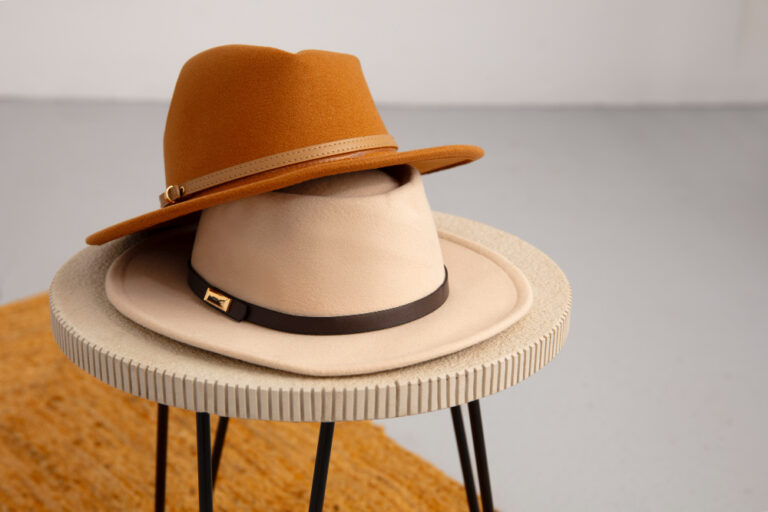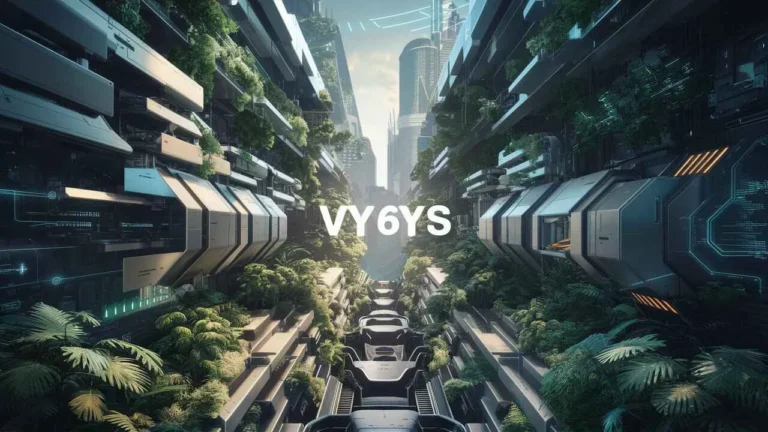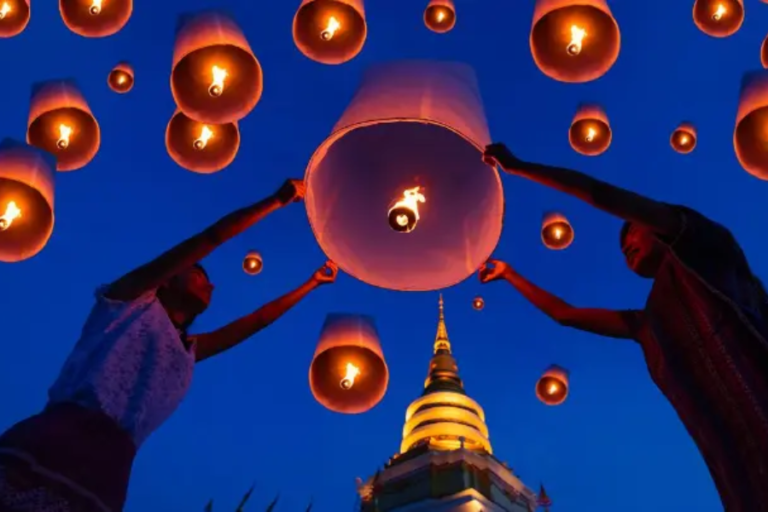Projection Designers vs. Lighting Designers: What’s the Difference?
The world of visible design in live performances, theater, and enjoyment regularly capabilities two key roles: projection designers and lighting designers. While their work may additionally seem similar to the untrained eye, those two professionals serve awesome functions, each crucial to creating the stunning visual consequences visible on degree and screen. In this text, we’ll discover the variations among projection designers and lighting designers, and why expertise their unique contributions is critical.
What Is a Projection Designer?
Projection designers are accountable for integrating visual media, which includes video projections, nonetheless photos, and animated sequences, into live performances or occasions. They use the digital era to display visuals on various surfaces, consisting of backdrops, scrims, or even the stage itself. The goal is to enhance the storytelling via adding dynamic, immersive visible factors.
Projection designers paint carefully with directors and set designers to make sure their visuals aid the narrative and temper of the performance. They use software to create virtual content, control video playback, and adjust projections in real-time, ensuring that the whole thing is perfectly synced with the performance. Projection design is specially important in cutting-edge productions, in which virtual media is regularly combined seamlessly with bodily units.
What Is a Lighting Designer?
On the other hand, lights designers pay attention to the illumination of the overall performance area. Their task is to decorate the visibility, mood, and universal atmosphere through the strategic use of lights. A lighting fashion designer uses distinct kinds of lighting fixtures units to focus on performers, units, and key moments in a display.
The lighting design is deeply included with the rest of the production team. For example, the lighting fixtures clothier works with the director to determine how lighting can enlarge emotions, create anxiety, or evoke precise settings. They also coordinate with the sound fashion designer and set dressmaker to ensure a cohesive aesthetic. The positioning, intensity, and coloration of lights are meticulously planned and changed all through the manufacturing.
Key Differences Between Projection Designers and Lighting Designers
Although each projection and lights designers cope with the visual elements of an overall performance, they have exceptional goals, equipment, and duties.
Medium:
Projection designers work with virtual pics, motion pictures, and animations. They undertake these visuals onto numerous surfaces, including layers of visible storytelling.
Lighting designers’ attention on creating and controlling mild the use of physical lights devices along with spotlights, floodlights, and LED furniture.
Purpose:
Projection designers frequently aim to increase the narrative past the bodily set, the usage of visuals to transport the target audience to one-of-a-kind locations or instances, or to convey abstract principles.
Lighting designers are often conscious of mood and visibility. They control how the target audience sees the action on level and how the emotional tone of the scene is conveyed.
Technology:
Projection designers rely upon software programs to create, edit, and challenge visuals. Tools like Adobe After Effects, QLab, or Isadora are commonly used in projection layout.
Lighting designers use lights consoles and other equipment like DMX controllers to alter the depth, focus, and coloration of lighting fixtures. These gear are critical in creating unique lighting fixtures results.
Integration:
Projection design often requires more integration with the set and media factors, making sure that projected visuals align with the bodily area of the degree.
Lighting designers collaborate closely with gown, set, and make-up departments, making sure that lighting complements however does no longer overpower other layout elements.
When Do You Need a Projection Designer vs. A Lighting Designer?
The need for both a projection or lighting fixtures clothier largely relies upon on the nature of the manufacturing. For current productions incorporating high tiers of virtual media, along with interactive theater performances or large-scale concert events, a projection fashion designer becomes crucial. Their paintings can create visually complicated environments and decorate the target market’s overall enjoyment.
In evaluation, a lighting fixtures clothier is essential for almost any live performance, despite the fact that the manufacturing does not function with digital media. Lighting is crucial to creating temper, consciousness, and clarity on level. Whether it’s a dramatic scene or a lively dance number, the lighting facilitates the target market’s expertise and emotional reaction.
However, many productions require both designers operating collectively. In such cases, projection and lights designers collaborate intently, making sure that projected visuals and lighting factors paintings harmoniously rather than competing for interest. This collaborative attempt results in a cohesive visual experience.
How Projection Designers and Lighting Designers Collaborate
A hit collaboration among projection and lighting fixtures designers is vital for making sure a seamless visual design. For example, in a huge-scale theater manufacturing that uses both projection and lighting fixtures, those designers need to sync their paintings to make sure that lighting does no longer wash out the projected photographs or motive undesirable shadows.
They additionally coordinate on shade schemes. If the projection dressmaker is using a specific palette of colors, the lights designer may additionally pick out complementary hues to keep visible concord. Timing is another key factor; for example, a light cue can also need to be in shape the moment a video projection starts, requiring precise timing and conversation between the 2 professionals.
The Growing Role of Projection Designers in Modern Productions
The function of projection designers has grown extensively in recent years as technology has become superior. Productions that after relied completely on conventional set design now include digital media, making projection layout a vital element of the storytelling process.
From Broadway shows to stay concert events, projection designers are pushing the boundaries of what may be carried out with visuals in a stay setting. The growing call for immersive reports in amusement has brought projection designers to the leading edge, letting them from now not best the appearance but additionally the texture of current performances.
Conclusion
While projection designers and lighting fixtures designers each play vital roles in crafting the visible surroundings of a performance, they accomplish that in specific methods. Projection designers are aware of virtual visuals, enhancing storytelling through projections, whilst lights designers use conventional lighting strategies to shape temper and visibility.
Both specialists are vital for developing the charming, immersive reviews we see in these days’s theater and live performances. As the era continues to conform, so will the collaboration between these two disciplines, growing even more exciting possibilities for the future of visual design.
Keep an eye for more news & updates on USA Up Magazine!






